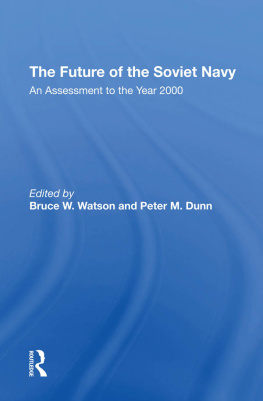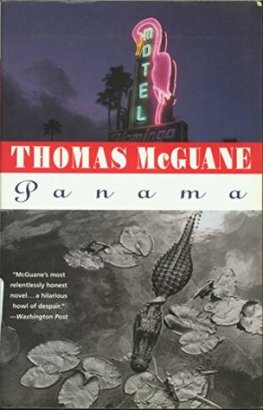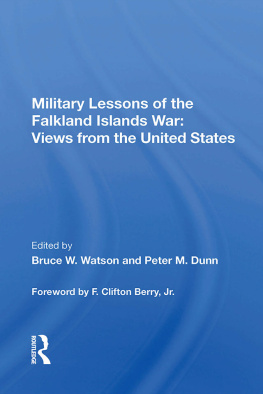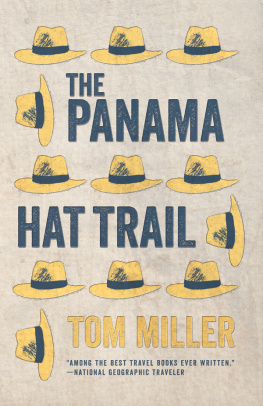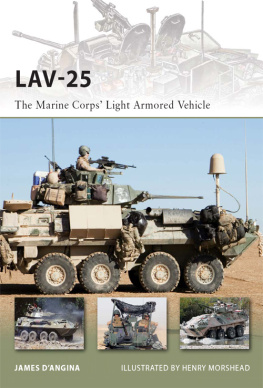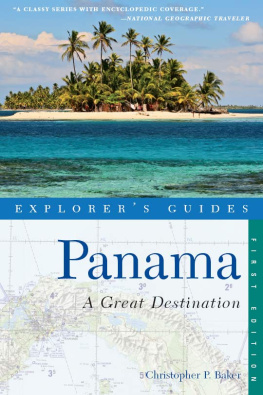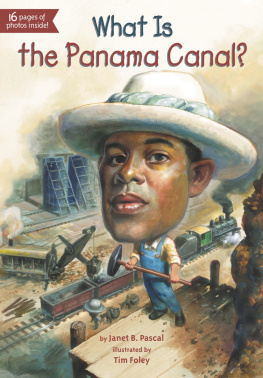First published 1991 by Westview Press
Published 2019 by Routledge
52 Vanderbilt Avenue, New York, NY 10017
2 Park Square, Milton Park, Abingdon, Oxon OX14 4RN
Routledge is an imprint of the Taylor & Francis Group, an informa business
Copyright 1991 Taylor & Francis
All rights reserved. No part of this book may be reprinted or reproduced or utilised in any form or by any electronic, mechanical, or other means, now known or hereafter invented, including photocopying and recording, or in any information storage or retrieval system, without permission in writing from the publishers.
Notice:
Product or corporate names may be trademarks or registered trademarks, and are used only for identification and explanation without intent to infringe.
Library of Congress Cataloging-in-Publication Data
Operation Just Cause : the u.s. intervention in Panama/edited
by Bruce W. Watson and Peter G. Tsouras.
p.cm.
Includes bibliographical references.
1. United States--Foreign relations--Panama.2.Panama--Foreign
relations--United States.3.Panama--History--American invasion,
1989.I.Natson, Bruce W.II.Tsouras, Peter.
E183.8.P2064 1991
90-22872
327.7307287--dc20
CIP
ISBN 13: 978-0-367-28196-0 (hbk)
To Jennifer Viola Bowen Watson
A wonderful daughter. Her love, concern, and support, developing interest in foreign affairs and politics, her enthusiasm for the heat of political discussion, and her people person personality all have encouraged us of the worth of this endeavor. May she keep up this enthusiasm and interest and may she join us in some future work in the field.
In 1984 and 1985, Westview Press published Military Lessons of the Falkland Islands War: Views from the United States and American Intervention in Grenada: The Implications of Operation Urgent Fury, both of which I coedited with Peter M. Dunn. These were the first serious academic studies on these topics. This book should be considered as the third in such a series in that it offers one of the first comprehensive academic views on Just Cause , the December 1989 U.S. military intervention in Panama. The group of academic and professional authorities who present the material have great familiarity with the various aspects of Just Cause , so this book amounts to the first serious attempt to consider the operation in its political and historical perspective. The contributors present excellent positions for the reader to consider and give a comprehensive view of all of the factors and events that prompted the operation, all the various aspects of the operation itself, and the likely effects that the operation will have on regional and international affairs. Thus the book ties together the disparate elements that prompted the operation. Although more comprehensive examinations of Just Cause are expected to appear in the coming years, this book is intended for the serious researcher and attempts to provide the greatest amount of factual material that is currently available. It is hoped that this will assist those who will accomplish future studies on the subject.
The book opens with Panamanian and U.S. perspectives of the U.S.-Panamanian relationship. Professor Donald Mabry admirably presents a history of the relationship that demonstrates that the primary concern of the United States has been the Panama Canal. The resulting position was often characterized by a view that bordered on disdain for the Panamanians and that tolerated and even supported leaders who were judged on the basis of their ability to guarantee the canals security rather than on their value to Panama or the needs of Panamanians. That the antidemocratic, corrupt records of some of the individuals ran against the U.S. publics sense of decency only made the problem more complex.
William H. Drohan presents the Panamanian view. Although the Panamanians did not build the canal and could not have built it, the canal offered both benefits and liabilities. The expenses associated with its operation improved the standard of living. Conversely the canal and the Canal Zone cut a swath through the nation, guaranteed continued U.S. attention and periodic intervention in Panamanian affairs, and retarded the development of Panamanian politics. Over the years Panamanians came to view the canal as theirs and strove for complete control of the waterway. In the 1960s and 1970s Americans came to grudgingly accept a new reality concerning the canal and to realize that it would eventually be transferred to Panamanian control.
The focus of the book then broadens to consider drugs, another major factor in U.S.-Panamanian relations. Michael Hathaway presents a comprehensive analysis of both General Noriegas and Panamas involvement in the drug trade and in money-laundering. He concludes that their roles were very significant, involved millions of dollars, and that this, in itself, was a major cause prompting U.S. action against Noriega.
of the study considers the events leading up to operation Just Cause , as well as the actual operation. Intelligence and indications and warning factors are analyzed by Susan Horwitz with the aim of determining how they contributed to the decision to launch operation Just Cause .
Professor Lorenzo Crowells chapter begins , details the military operation, and considers the adequacy of air power, logistical support, and medical evacuation procedures. The operation is then considered in the context of its contribution to U.S. joint operations. Here again, Just Cause appears to have been a success. Whereas in the action in Grenada ( Urgent Fury ) all the services insisted on taking part, creating a difficult multiservice force that was rife with command and control problems, the forces for Just Cause were chosen with care. The Army and Air Force were the major operating forces, with participation by the Navy and Marine Corps. The result was a controllable and responsive force continually under excellent command and control.
The command, control, and communications (C3) factors are also examined by Michael Seitz, and here it is difficult not to make comparisons with operation Urgent Fury , the intervention in Grenada, and El Dorado Canyon , the U.S. operation against Libya. Urgent Fury suffered from critical problems in communications (in one instance commercial telephone lines had to be used because available communications were so inadequate and confused that they failed to fulfill their purpose). Likewise, command and control of the operation was very complex and burdensome. El Dorado Canyon amounted only to two isolated U.S. Navy and Air Force air strike operations with the only joint requirement being that the two reach their targets on time. Just Cause was an anomaly in that the United States had a sizable force stationed on the scene before the operation began. Nonetheless, it was a very complex operation and all indications are that C3 was very successful, a vast improvement over Urgent Fury . Lean and responsive, C3 provided the communications and direction needed to accomplish this very detailed military operation.


